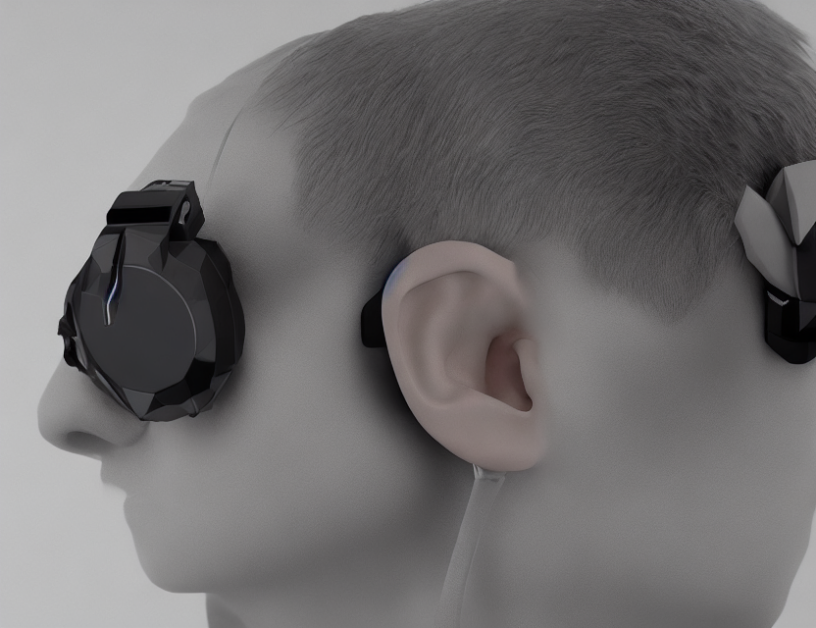Equivalent input noise (EIN) is a crucial measure of a hearing device’s ability to pick up sound. It represents the lowest level of sound pressure that a microphone can detect and is typically reported as a single-number metric or a plot over frequency bands. EIN calculation involves measuring the noise at the output of the system and dividing it by the sensitivity transfer function of the microphone plus amplifier, resulting in the EIN value.
To demystify complex concepts, let’s compare EIN to a noisy party where you want to hear your friend whispering across the room. The higher the EIN, the more noise there is in the party, making it harder to hear the whisper. A lower EIN means less noise, making it easier to hear the whisper. In the context of hearing devices, a lower EIN indicates better sound detection capabilities.
The article discusses various methods for calculating EIN, including the measurement of noise at the output of the system and the use of vibration sensors. It also highlights the importance of EIN in assessing the performance of hearing devices, particularly in noisy environments. The authors emphasize that EIN is a useful indicator of the lowest sound pressure level that a microphone can detect and provide examples to illustrate the concept.
In summary, equivalent input noise (EIN) is a critical metric for evaluating the performance of hearing devices. It represents the lowest level of sound pressure that a microphone can detect and helps users understand how well their device can pick up sound in different environments. By using everyday language and engaging metaphors, this summary aims to demystify complex concepts related to EIN and its significance in the field of hearing devices.
Audio and Speech Processing, Electrical Engineering and Systems Science
Enhancing Hearing Capabilities with Implantable Microphones



